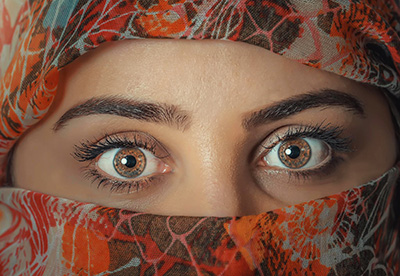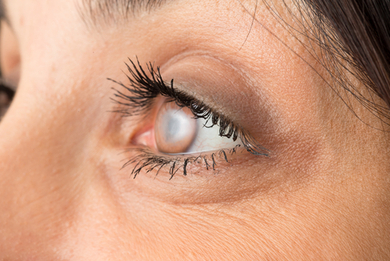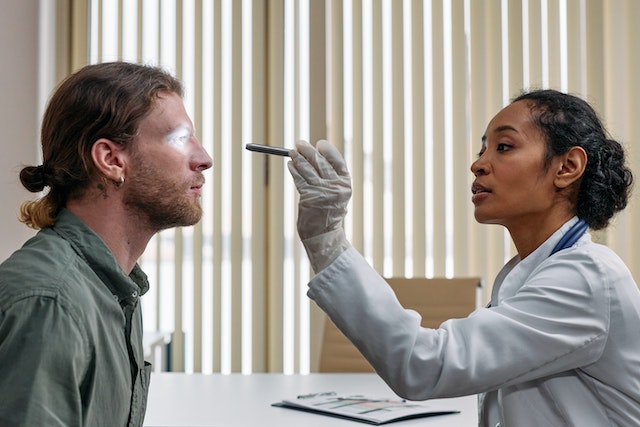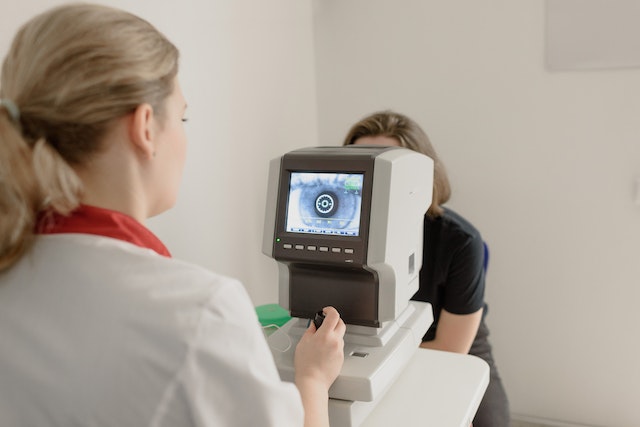What is Blepharitis?
Inflammation of the eyelid, called blepharitis, can have several different causes. This condition occurs only on the edges of your eyelids, also called lid margin disease. It can result either from irritation or from infection caused by bacteria.
It may result in red, swollen, and scaly eyelids. Both eyes are likely to be affected by blepharitis but sometimes it affects just one eye.
Treatment Options For Blepharitis
● Antibiotics.
You may find relief from the bacterial infection and less irritation by applying bacitracin ophthalmic (Polysporin®) on your eyelids or by using prescription antibiotic eye drops, such as combination polymyxin B and trimethoprim (Polytrim®). More persistent cases may require an oral antibiotic.
● Anti-Inflammatories.
Your provider may recommend steroid eye drops or cream if they believe you need stronger medicine. Inflammation can be reduced with steroids. Treating secondary infections or underlying conditions may involve antibiotics and anti-inflammatories.
● Immunomodulators.
In cases of posterior blepharitis, adding an immunomodulatory drug, such as Cyclosporine Ophthalmic (Restasis®), can reduce inflammation. The drugs reduce inflammation by blocking the immune system’s natural response.
● Root cause treatment.
Blepharitis must not only be treated with symptoms but also with its root cause. There are several skin and eye conditions that can lead to blepharitis, including dandruff and dry eye. You may be able to treat these conditions by using a shampoo for dandruff or eye drops that address dry eyes.
FAQ
What complications can result from blepharitis?
A proper eyelid hygiene regimen can treat and control blepharitis. Blepharitis can lead to more serious eye conditions, such as corneal problems if left untreated.
What are the symptoms of blepharitis?
You may experience itching, redness, swelling, and scaliness of your eyelids due to blepharitis. The courser the scales are, the more likely the lid surface will become irritated and crusted, resulting in your lids sticking together. When you wake up in the morning, you may find that your eyelashes and eyelid edges have a crust on them that’s heavier than usual.




